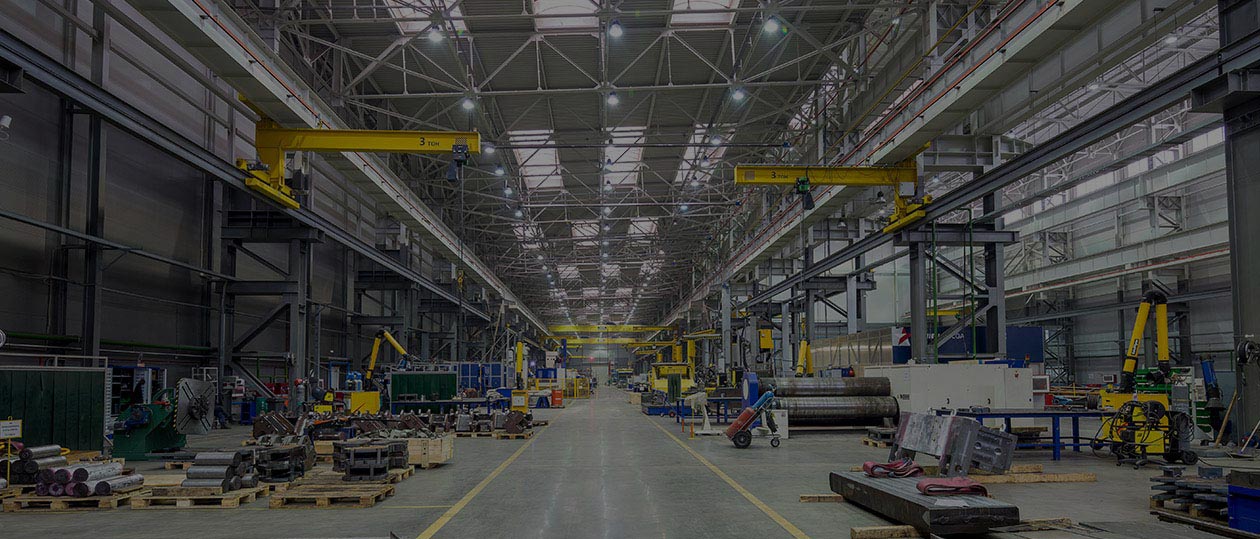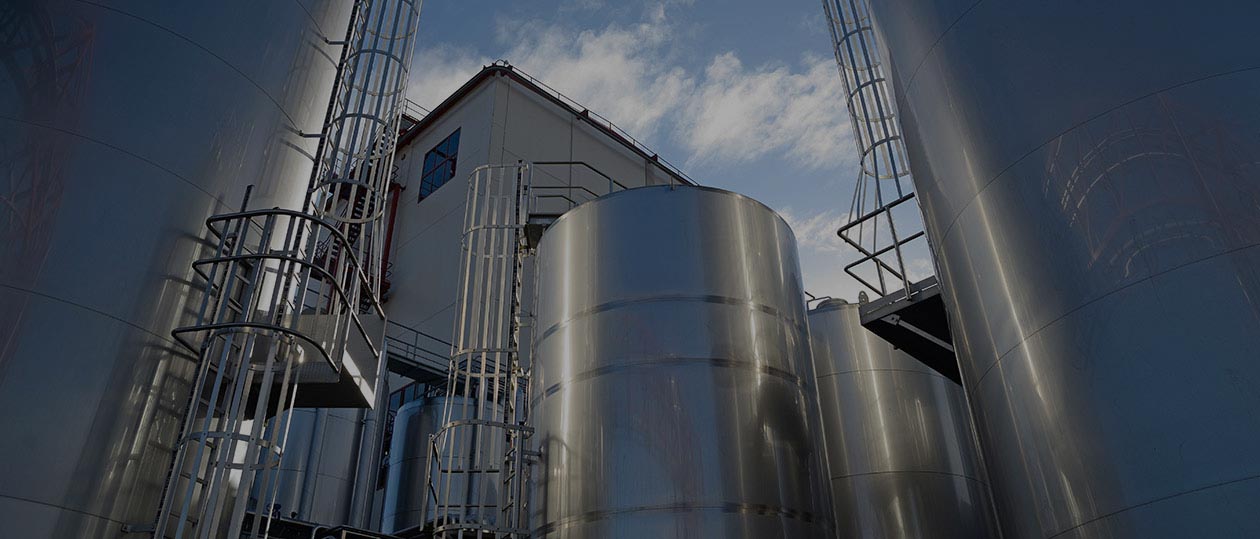Search
Grain Fire at Malt Facility

November 15, 2018
Source: East Anglian Daily Times
Stonehouse Process Safety commentary: The humble screw conveyor is staple equipment for moving bulk product from A to B. Use it well and wisely and you have plant that not only will move grain or powdered materials through your facility, but it can also be designed to act as a choke in your dust explosion protection and isolation system – to stop a dust explosion propagating from one part of plant to another. But get it wrong and the screw conveyor can become a source of ignition in itself, creating heat or mechanical or electrical sparks from overheated bearings or equipment. If not shut down, the screw conveyor can also facilitate the transfer of smoldering material to downstream equipment such as hoppers and silos, with serious risk of dust explosion. Bearing design, maintenance and monitoring as well as proper bonding and grounding all affect the risk associated with screw conveyors.
The incident described above had limited impact due to a vigilant employee. Others have been less fortunate with smoldering material being conveyed downstream, only to initiate serious explosions, destroy plant and equipment and cause loss of life. Dust Hazard Analysis (DHA) provides a route to identifying and assessing hazards – and of mitigating the hazards.
“In October 2018 in the small market town of Stowmarket in the United Kingdom, nine fire engines and crew were called to a malting plant when a vigilant worker noticed that a grain intake screw conveyor appeared warmer than usual; he also thought he might be smelling burning. The source of the burning was traced to a screw conveyor, and fire crew worked to extinguish the fire.
A spokesperson for the company, which exports malt and malt extract around the world, said “We are thankful to the fire service for their timely response. The exemplary vigilance of our operator and assistance from the fire service ensured this was a minor incident.

Get in touch
To learn more about our expertise and services in dust explosion prevention & mitigation, call us at +1 609 455 0001 or email us at [email protected] today.
We also offer tailored virtual and in-company process safety training programs on Dust Explosions, Static Electricity and HAC (Hazardous Area Classification) and more. Find further information here.
We use cookies to help us enhance your experience on our website. By clicking “Accept,” you consent to our use of cookies. Read our Privacy Policy for more.











